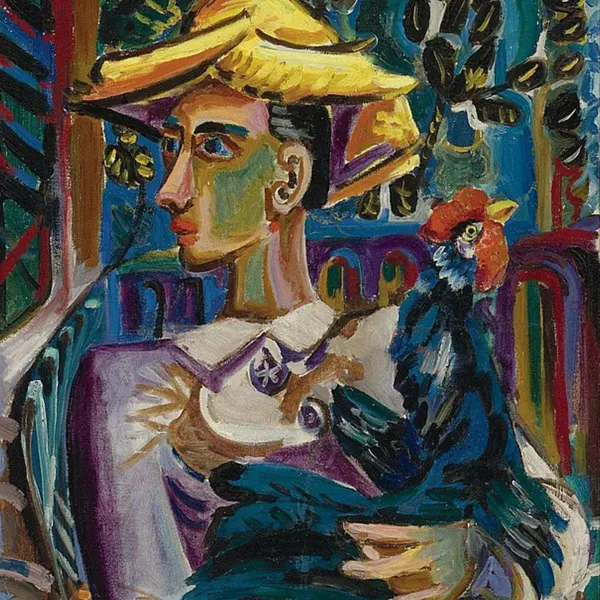The history of art is often told as a history of movements and trends. But what exactly is a movement or a trend? In this article, we'll explore the different artistic movements from classicism to surrealism. We'll learn about the different styles, artists, and ideas that defined each movement. So sit back, relax, and enjoy a brief tour through the history of art!
A Brief History of Artistic Trends
Artistic trends are often associated with specific periods in history. For example, the classicism of the 18th century is often linked to the Age of Enlightenment, while the romanticism of the early 19th century is often associated with the Industrial Revolution. However, it is important to remember that these trends are not limited to specific time periods; they often span multiple centuries. For example, the baroque style of the 17th century can be seen in the works of both Rembrandt and Rubens, while the realism of the 19th century is evident in the paintings of Courbet and Manet.
It is also important to remember that not all artists conform to specific trends. While some artists may be influenced by a particular trend, others may choose to deliberately defy it. For example, while the impressionists were painting scenes of everyday life in a naturalistic style, the post-impressionists were experimenting with abstraction and expressive brushwork.
The history of art is often divided into periods, each of which is characterized by a specific style or group of styles. However, it is important to remember that these periods are not always clearly defined; there is often overlap between them. For example, the early 20th century is often divided into two periods: the first half is characterized by art nouveau, while the second half is associated with cubism. However, there are also artists who defy these Periodizations, such as Pablo Picasso, who was active in both periods.
In short, the history of art is complex and fascinating, with each period characterized by its own unique styles and trends.
The Evolution of Artistic Trends
The article "Artistic Trends: from Classicism to Surrealism" discusses the evolution of artistic trends from the early 1800s to the mid-1900s. It begins with the classicism that dominated the early 1800s, which was characterized by order, symmetry, and balance. This was followed by the romanticism of the mid-1800s, which emphasized emotion, individualism, and nature. The late 1800s saw the rise of realism, which sought to represent the world as it actually is, and impressionism, which sought to capture the impressions of the world rather than its literal appearance. The early 1900s saw the emergence of cubism, which sought to break down objects into their geometric shapes, and surrealism, which emphasized the subconscious and the irrational.
From Classicism to Surrealism
There are many different artistic trends that have developed over the years. One of the earliest and most well-known is classicism. This period of art history is associated with the art of ancient Greece and Rome. It is characterized by its focus on balance, order, and symmetry. Another well-known artistic trend is surrealism. This is a movement that began in the early twentieth century and is characterized by its use of dreamlike imagery and its rejection of traditional values.
